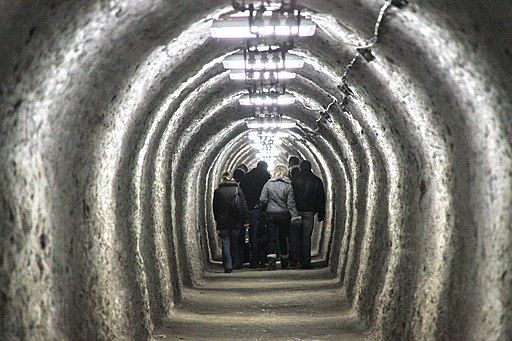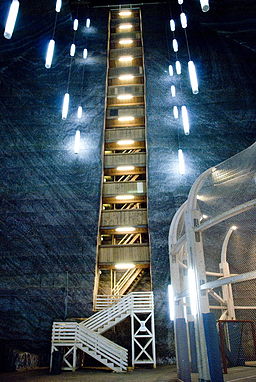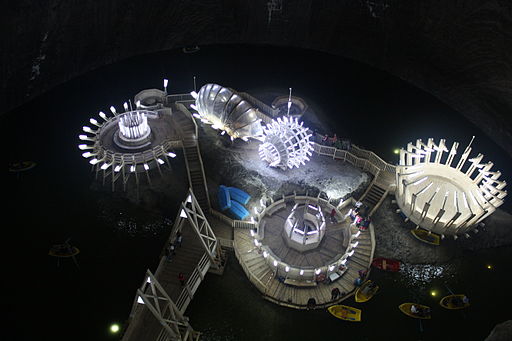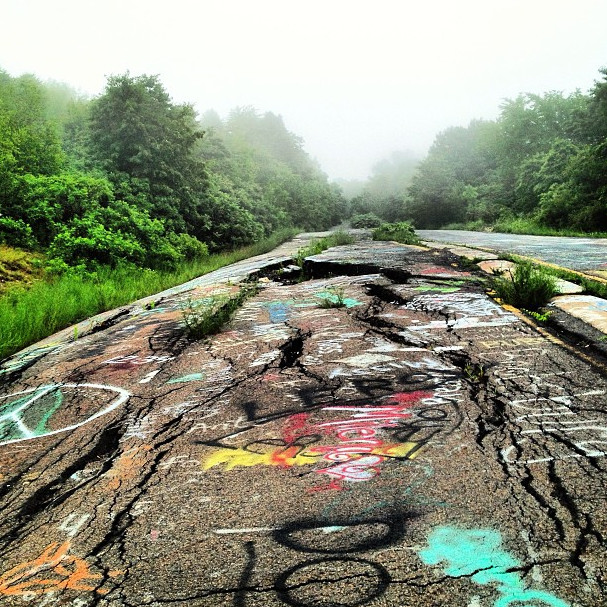Today’s story combines two powerful ideas: Nazis and treasure.
Nazi villainy is legendary. They were a powerful, invasive force. They were responsible for unspeakable horrors that can never be forgotten. Their leaders were genuinely interested in tapping into supernatural forces to achieve victory.
Gold, jewels, the promise of treasure have excited countless generations. Some tales of treasure hunting are inspiring. Others are more horrific. People are capable of amazing things when they believe it will lead to riches.
So, here is the scene. There is a legend of a Nazi train filled with guns and gold that disappeared in Poland about 1945. If stories are to be believed this ghost train contains 30 tons of gold along with jewels and other valuables. Did such a train actually exist? Is it still findable?
See this video about a startling ground radar discovery:
https://youtu.be/nw99jY071EQ
If this is the real thing, Polish law entitles treasure hunters to receive 10% of anything found. I imagine a mere 3 tons of gold could make one pretty comfortable.
Of course, there is an ethical question. If these valuables were taken from Polish Jews by the Nazis, then is it right to take a “finder’s fee?” This question is at the heart of the controversey as people explore the best way to excavate the possible train. It’s currently buried in rock that will require careful blasting to reach.
If this is a Nazi train, even one carrying only military cargo, this is quite a find. The artifacts are likely well preserved and would be valuable in their own right.
If this ends up being a treasure train then it’s even more incredible. We will have to see how this all progresses. We’ll share more as news becomes available.







 The town of Centralia located in the mountains of central Pennsylvania, was once a busy town filled with people, banks, a theater, their own school district, you know…town stuff. That is, until
The town of Centralia located in the mountains of central Pennsylvania, was once a busy town filled with people, banks, a theater, their own school district, you know…town stuff. That is, until 
